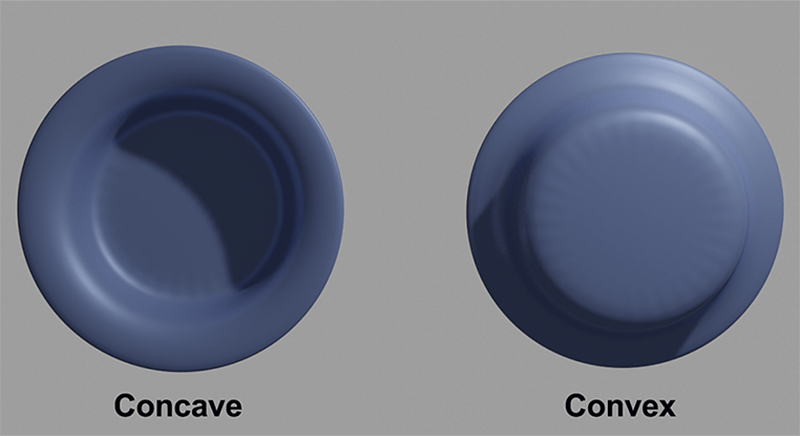Scientists uncover how decisions about what we see are relayed back through the brain
NIH study in monkeys finds that in visual decision-making, information relevant to the decision is broadcast widely
Researchers at the National Institutes of Health have discovered that decisions based on visual information, which involve a complex stream of data flowing forward and backwards along the brain’s visual pathways, is broadcast widely to neurons in the visual system, including to those that are not being used to make the decision. Feedback — such as information about a decision traveling back to neurons detecting visual features like color or shape — is thought to help the brain focus on visual information that is relevant to decision-making. The study, by scientists at the National Eye Institute (NEI), was published in Nature Communications.
“Why and how decision-making information is relayed back into the visual processing parts of the brain is an open question. Some theories posit that this type of feedback should be selective – only affecting those neurons that are involved in the decision,” said Hendrikje Nienborg, Ph.D., chief of the NEI Unit on Visual Decision Making and lead author of the study. “This study shows that decision-related feedback is spatially unselective, affecting neurons much more broadly than one might suppose.”
Feedback is used by the brain in many ways and many systems. When a decision is based on what we see, information about expectation or attention — such as where the object is, or about its features — is fed back to brain regions involved in the visual process, raising the activity of neurons involved in seeing the object or event in question.

Decision-signals about feature information, like object depth, are broadcast widely in the visual cortex via feedback during visual decision-making.
This page was last updated on Friday, January 21, 2022